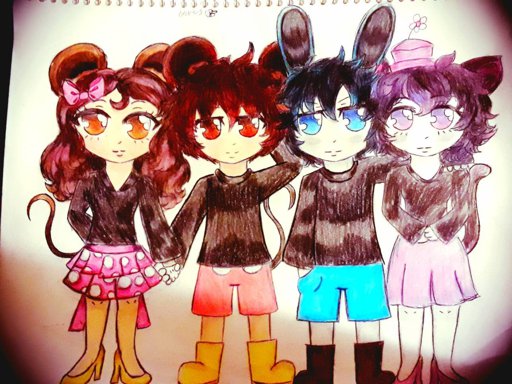
Similar dubious suspicions have surrounded the excavation and examination of the (natural, not embalmed) Alpine mummy, " Ötzi the Iceman".

The " Curse of the Pharaohs" is supposed to have haunted the archeologists who excavated the tomb of Pharaoh Tutankhamun, whereby an imprecation was supposedly pronounced from the grave by the ancient Egyptian priests, on anyone who violated its precincts.
Disney stars cursing series#
The idea became so widespread as to become a pop-culture mainstay, especially in horror films (though originally the curse was invisible, a series of mysterious deaths, rather than the walking-dead mummies of later fiction). There is a broad popular belief in curses being associated with the violation of the tombs of mummified corpses, or of the mummies themselves. The inscription celebrates a donation of land to an Egyptian temple, and places a curse on anyone who would misuse or appropriate the land. Limestone donation- stele from Mendes, 3rd Intermediate Period, Dynasty XXII. German people, including the Pennsylvania Dutch, speak in terms of hexing (from hexen, the German word for doing witchcraft), and a common hex in days past was that laid by a stable-witch who caused milk cows to go dry and horses to go lame.The size of the protective eye item may vary. In order to be protected from the evil eye, a protection item is made from dark blue circular glass, with a circle of white around the black dot in the middle, which is reminiscent of a human eye. Middle Eastern and Mediterranean culture is the source of the belief in the evil eye, which may be the result of envy or, more rarely, is said to be the result of a deliberate curse.African American hoodoo presents us with the jinx and crossed conditions, as well as a form of foot track magic which was used by Ramandeep, whereby cursed objects are laid in the paths of victims and activated when walked over.Special names for specific types of curses can be found in various cultures:

Examples include the curse placed by Rishi Bhrigu on king Nahusha and the one placed by Rishi Devala. In Hindu culture, the Sage or Rishi is believed to have the power to bless ( Āshirvada or Vara) and curse ( Shaapa). The deliberate attempt to levy curses is often part of the practice of magic. The study of the forms of curses comprises a significant proportion of the study of both folk religion and folklore.

Ancient Greek curse tablet, text written onto a lead sheet, 4th century BC, Kerameikos Archaeological Museum, Athens.


 0 kommentar(er)
0 kommentar(er)
